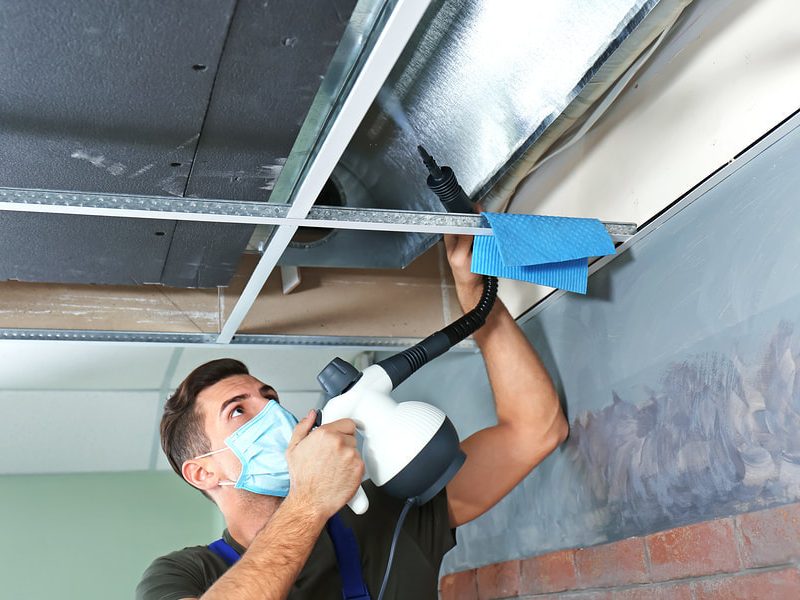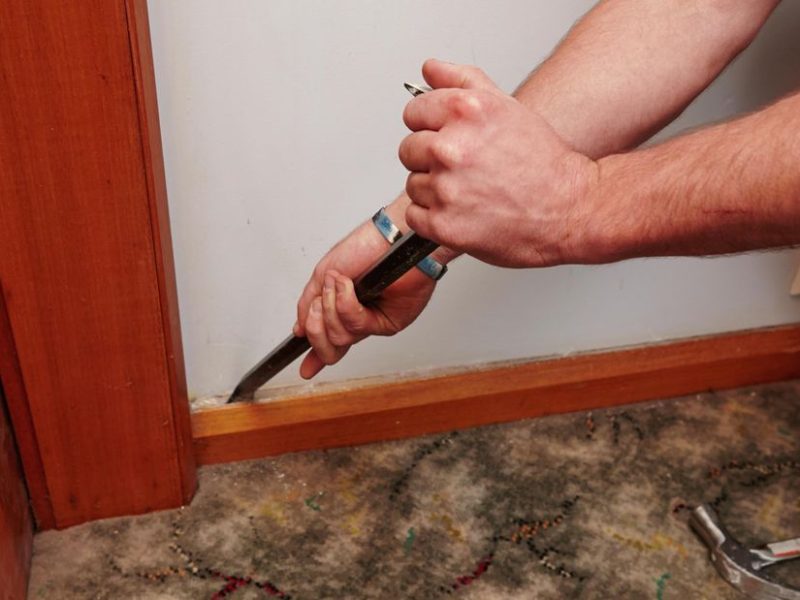Additive assembly manufactures objects layer by layer in light of an advanced model. It uses a variety of materials, for example, plastic, metals, burnt or silica sand. Various advancements are used to store, circuit, and correct them from their powdery or fluid state. In terms of process, additive assembly is recognized from subtractive assembly or creation strategies, including material expulsion.
The additive manufacturing singapore probably won’t supplant traditional assembly, but it has one of the advantages of getting a place in the assembly environment. A great guide to advantages is the colossal adaptability it brings to the creation and outcome cycle.
Given its wide-ranging fascination, the additive assembly industry is rapidly developing. According to Wohler’s Report 2020, the overall revenue from additive assembly grew by 27% in 2020. In addition, Thyssenkrupp’s White Paper reports a normal development of 24% in the worldwide additive assembly market by 2023.
What is the allure of additive assembly?
Unlike traditional assembly, additive assembly is best for creating high-mix, low-volume, or a wide variety of products in small quantities. It caters to the market for specially made things, from improved clinical devices to hard-to-find machine parts.
The extraordinary innovation of 3D printing lifted the limitations of the plane, offering more prominent adaptability and speed in improving the item. Engineers are quickly seizing the chance to make shapes and items already unfeasible, for example, combining parts into a single piece or inserting various materials into the printed object. While it’s a challenge for molds or machines to do things with complex mathematical examples or internal cavities, it’s easy for the 3D printer.


